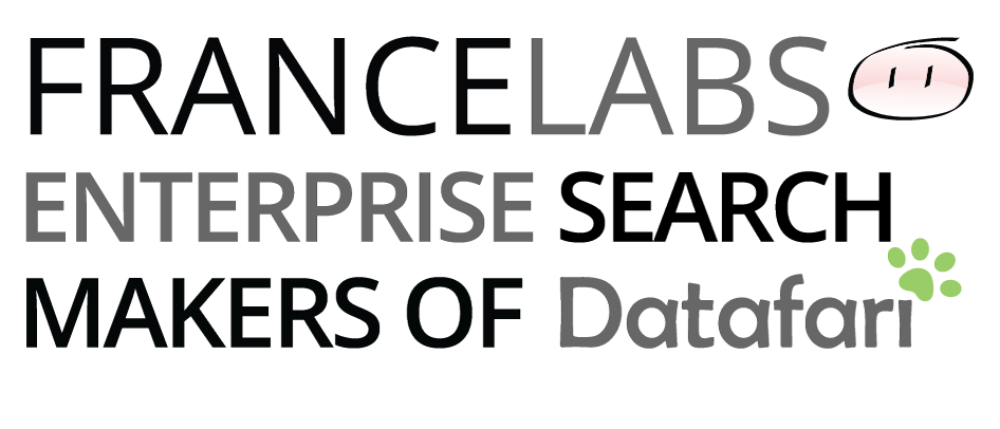Datafari, as an Enterprise Search solution, has an overall visibility over all of the knowledge bases of an organization. As such, it is a good entry point to check where PII (Personally Identifiable Information) are stored.
Indeed, as part of the GDPR requirements, any organization must maintain a list of where PII data are stored. But as soon as the knowledge base grows too much, it is impossible to manually maintain such a list. Distributing this task over the different departments of the organization is a good start, but it has its limits, for instance due to the possible misinterpretation from colleagues about what PII are.
Continue reading